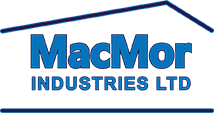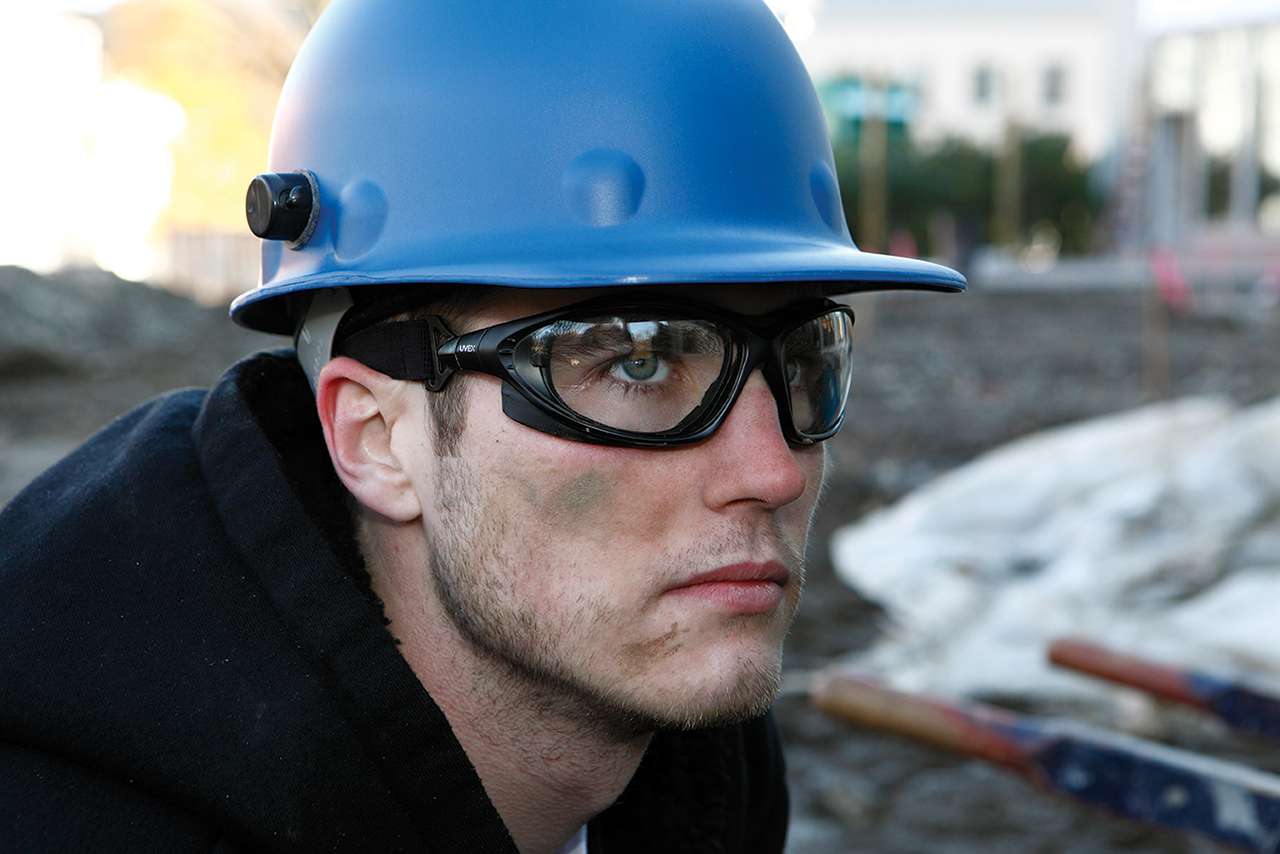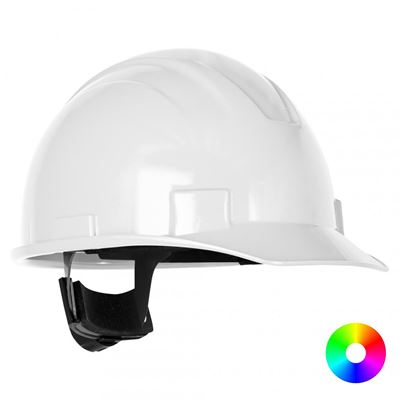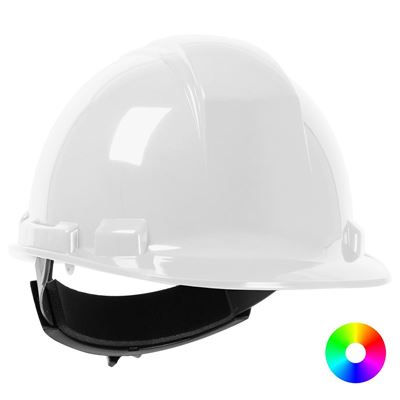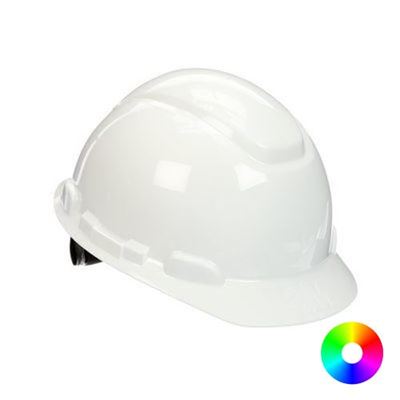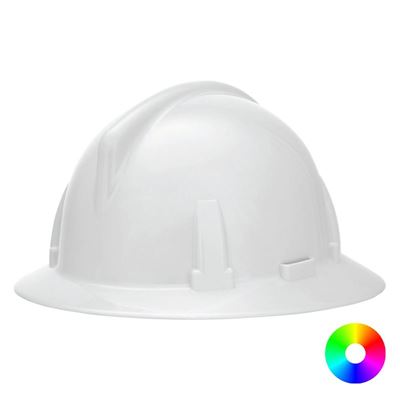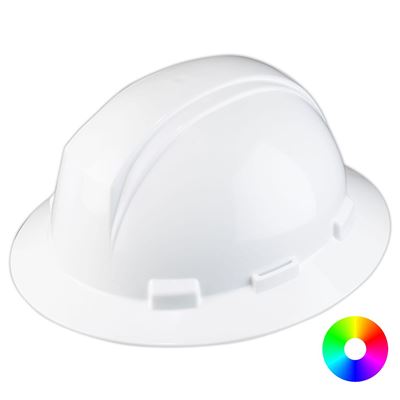10 Things You Need to Know About Hard Hats
Hard hats are likely one of the most iconic pieces of safety equipment in construction and various manufacturing fields. However simple they might seem at first glance, the various regulations and types of hard hats in the market can make the purchasing process more complex than you'd expect. If you’re looking to get up to speed with your hard hat knowledge, you’ve come to the right place:
- When is a hard hat required?
- When there is a potential chance that an individual will bump their head against a fixed object (i.e. low ceilings, exposed pipes, beams, etc.)
- If any objects might fall from above and strike an individual within the job site
- If there is any chance someone will have accidental head contact with electrical hazards
- What are the industry standards for a hard hat?
- In North America, the two common standards are ANSI and CSA
- What is the difference between a Type 1 and Type 2 CSA approved hard hat?
- Type 1: protection from impact and penetration at the crown (top)
- Type 2: protection from impact and penetration at the crown (top) and laterally (sides and back) (Figure 1)
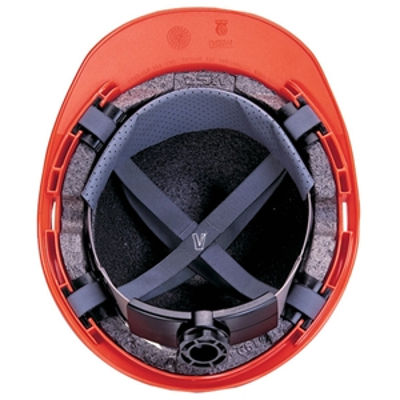 Figure 1 - Type 2 Hard Hat
Figure 1 - Type 2 Hard Hat - What do classes represent for hard hats?
- Class E (20,000V electrical rating) - non-conductive material (electrical trades)
- Class G (2,200V electrical rating) - non-conductive material (general trades)
- Class C (no electrical rating)
- What happens if I drill a hole in my hard hat?
- The integrity of the hard hat shell will likely be weakened and its protective capabilities affected
- You lose the CSA "E" electrical classification if it was previously associated with the hat
- Is it safe to put stickers on my hard hat?
- Technically yes, only if they use an adhesive that will not harm the material used in producing the hat
- It's important to remember that covering your hard hat with stickers can make it difficult to detect small cracks in the shell which could put you at risk - a damaged shell is not CSA approved and will not likely provide you with adequate protection in the event of an incident (Figure 2)
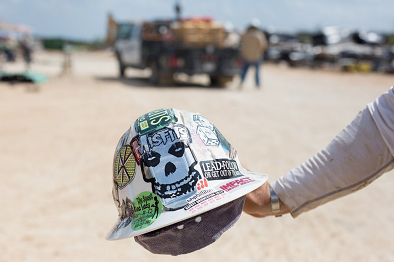 Figure 2 – Hard Hat Covered with Stickers
Figure 2 – Hard Hat Covered with Stickers - Does a bump cap offer impact protection?
- No, it does not. A bump cap is not tested and has no CSA approvals for impacts
- These are mainly used to avoid lacerations in meat packing companies or auto shops
- Can I wear my hard hat backwards?
- Yes, you can if the hat has the CSA "Reverse Symbol" (Figure 3)
 Figure 3 - CSA Reverse Symbol
Figure 3 - CSA Reverse Symbol - Is it safe to keep using my hard hat after an impact?
- No - you should dispose of your hard hat immediately after an impact even if there are no visible signs of impact
- What is the best way to store my hard hat when not in use? *
- Clean the shell and suspension of the hard hat before storing
- Ensuring storage area is away from direct sunlight as prolonged exposure to such light can degrade the integrity of the plastic shell over time
- Prolonged exposure to intense heat or cold temperatures is also not recommended - room temperature will ensure the plastic shell endures minimal stress
- *Bonus Information: hard hats do not have an expiration date, however many of them will display
a date of manufacture.
Some manufacturers will recommend replacing the suspension every year and the shell every 2 to 5 years, but we typically say workers need to be mindful of the wear and tear the hard hat endures as well as exposure to UV as this will also cause some deterioration over time.
Ensuring the condition of the hard hat before use and properly storing the gear as described above are sure ways to help guarantee its ability to protect you over an extended period of time.
